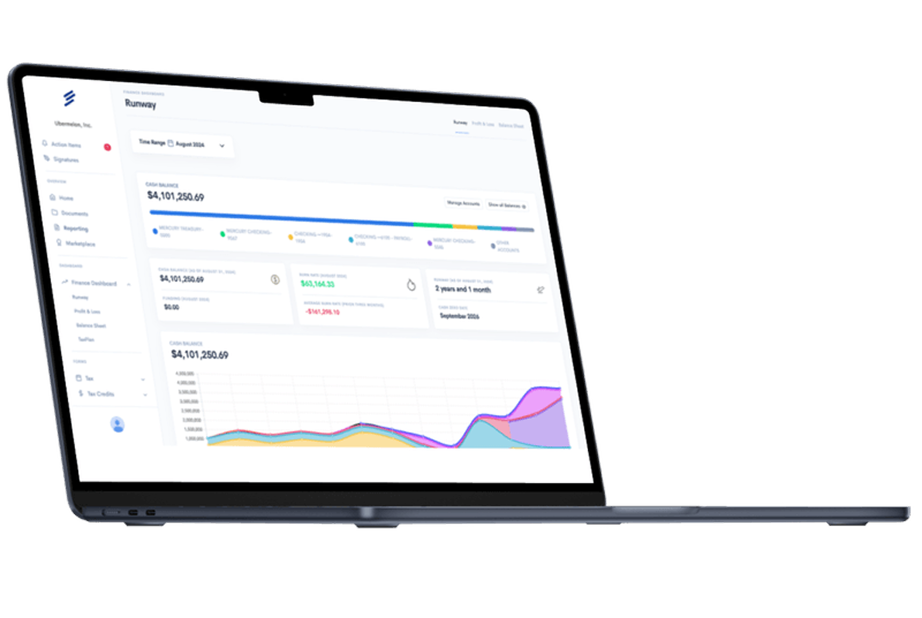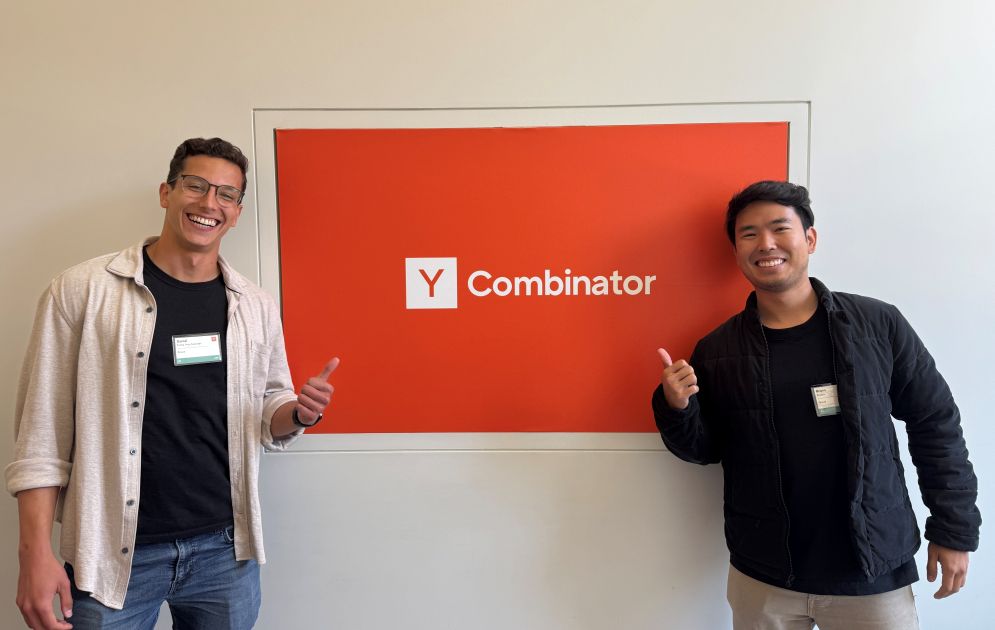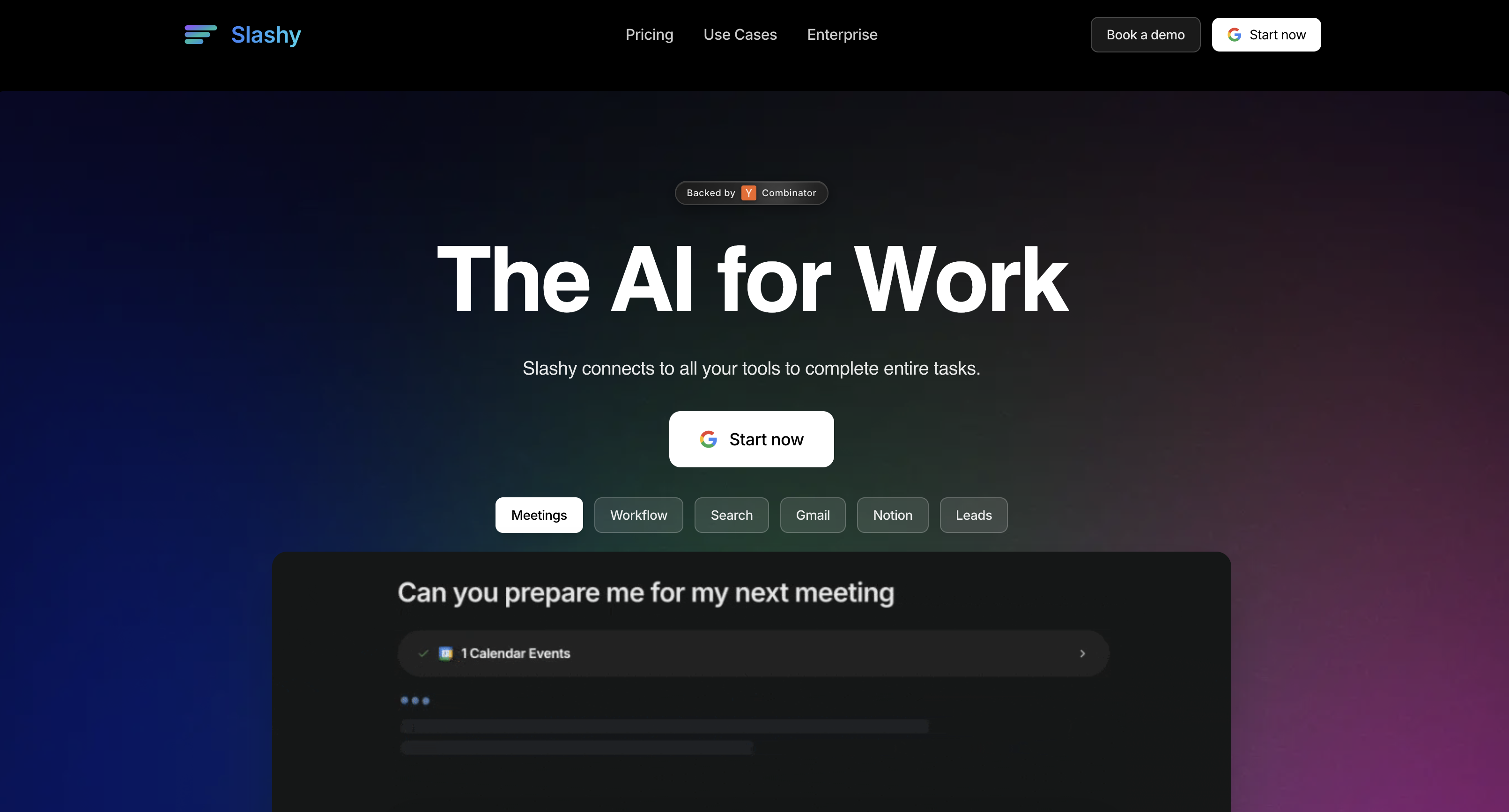Today's business environment demands sophisticated human resource management solutions that streamline operations, ensure compliance, and enhance employee experiences.
Choosing the right HR management solution has become increasingly critical for businesses seeking to streamline operations and enhance employee experiences. Today's competitive landscape demands sophisticated platforms that can handle everything from payroll processing to compliance management while providing intuitive user experiences. ADP brings over 70 years of industry expertise and reliability to the table, serving approximately 810,000 clients worldwide with its comprehensive suite of HR solutions. Meanwhile, Rippling, founded in 2016, represents the new generation of HR technology with its innovative approach to workforce management and impressive venture capital backing.
How Do ADP and Rippling Compare in User Experience?
The user interface serves as the primary touchpoint between HR platforms and their users, significantly impacting adoption rates and overall satisfaction. Rippling distinguishes itself with a modern, intuitive interface that prioritizes simplicity and elegance throughout the platform. Its clean, user-friendly dashboard makes navigating complex HR functions straightforward for both administrators and employees alike. The logical workflows and clear visual hierarchies reduce the learning curve for new users, allowing organizations to achieve faster implementation and higher adoption rates.
ADP continues to modernize its interface, particularly in its Workforce Now platform, though it carries the legacy of decades of feature development. This results in a feature-rich but potentially more complex user experience compared to newer platforms. Recent improvements to ADP's interface have significantly enhanced usability, especially for employee self-service functions. The platform effectively balances comprehensive functionality with accessibility, though some users report longer proficiency timelines compared to Rippling's more intuitive design.
According to user ratings, Rippling consistently scores higher than ADP across key experience metrics, including ease of use, quality of support, and meeting requirements. This advantage becomes particularly evident in mobile experiences, where Rippling's app receives praise for its intuitive design and functionality. For companies prioritizing quick adoption and minimal training time, Rippling's focus on user experience represents a significant advantage in the modern workplace.
Key User Experience Differences
When evaluating these platforms, consider these distinctive user experience elements:
- Interface design: Rippling offers a clean, modern interface with intuitive navigation, while ADP provides a comprehensive but potentially more complex experience
- Mobile functionality: Rippling's mobile app receives consistently higher ratings for usability and feature parity with the desktop version
- Learning curve: New users typically become proficient with Rippling faster than with ADP, reducing implementation time
- Self-service options: Both platforms offer employee self-service, but Rippling's implementation tends to be more straightforward for end users
What Core HR and Payroll Features Matter Most?
Both platforms deliver robust core HR and payroll functionality, though with different strengths and approaches to implementation. ADP excels in payroll processing with decades of experience handling complex tax requirements across multiple jurisdictions. Its system supports domestic and global processing with comprehensive tax filing and advanced compliance features that benefit businesses with complex payroll structures. ADP also provides strong benefits administration capabilities, unemployment claims management, and workers' compensation administration that many established businesses rely on.
Rippling approaches payroll as part of its unified platform strategy, connecting HR data with payroll processing to reduce manual work and potential errors. The system includes automated tax calculations and filings across federal, state, and local jurisdictions with impressive accuracy. A standout feature is Rippling's ability to handle global payroll in over 185 countries with multi-currency support, making it particularly valuable for companies with international operations or expansion plans.
Both platforms offer standard features like time tracking, benefits administration, and compliance support, but implement them differently based on their core philosophies. Rippling emphasizes automation and integration, with time tracking data automatically syncing with payroll and benefits information flowing seamlessly across the platform. ADP provides more specialized features for compliance and risk management, including unemployment claims administration and workers' compensation management that benefit regulated industries.
Essential HR Automation Capabilities
The right automation tools can dramatically reduce administrative burden while improving accuracy:
- Workflow automation: Rippling excels at creating custom automation rules based on employee data changes, while ADP offers more structured automation paths
- Compliance updates: ADP provides automatic updates for changing regulations across jurisdictions, particularly valuable for multi-state operations
- Document management: Both platforms offer document storage and management, though Rippling's system integrates more seamlessly with its other modules
- Reporting capabilities: Rippling offers more intuitive custom reporting tools, while ADP provides deeper standard reports for compliance and regulatory needs
Why Technical Infrastructure Matters for HR Platforms
The backend capabilities and technical infrastructure of HR platforms significantly impact their performance, reliability, and scalability over time. Rippling distinguishes itself with outstanding technical infrastructure that extends beyond traditional HR functions into comprehensive workforce management. The platform serves not just as an HR and payroll tool but as an integrated system with robust IT capabilities that streamline employee lifecycle management. This approach allows Rippling to automatically provision and deprovision employee software accounts and manage company devices when employees join or leave the organization.
ADP focuses its backend infrastructure more specifically on HR and payroll operations, with particular strength in data security, compliance frameworks, and scalability for large workforce management. While it lacks Rippling's IT management capabilities, ADP's systems are designed to handle massive transaction volumes with high reliability. This proven infrastructure becomes particularly valuable for large enterprises with complex payroll requirements or businesses in heavily regulated industries requiring specialized compliance support.
Rippling's technical architecture centers around creating a single source of truth for employee data that connects HR, IT, and finance systems seamlessly. This architecture enables powerful cross-functional automations that reduce administrative burden and improve accuracy across departments. ADP's infrastructure emphasizes reliability and security, with robust disaster recovery capabilities and compliance with numerous security standards that benefit risk-averse organizations.
Technical Considerations for Implementation
Before selecting a platform, evaluate these technical aspects that will impact long-term satisfaction:
- API availability: Rippling offers more extensive API access for custom integrations and data exchange
- System uptime: Both platforms maintain high reliability, though ADP's established infrastructure may provide advantages for mission-critical operations
- Data migration: Consider the complexity of moving existing employee data into each system
- Update frequency: Rippling typically delivers new features more frequently, while ADP follows a more structured release schedule
How Much Do These HR Platforms Really Cost?
Understanding the pricing structures of both platforms is essential for making a cost-effective decision aligned with business needs. Rippling uses a modular pricing approach that starts with its core Unity platform at $8 per user per month, allowing organizations to add only the features they need. However, this base price rarely reflects total costs, as most organizations require additional modules like payroll, benefits administration, or learning management. These add-ons can significantly increase the per-employee cost, with comprehensive implementations potentially reaching $20-35 per employee monthly.
ADP employs a custom pricing model that isn't publicly disclosed, requiring businesses to contact sales representatives for quotes based on their specific requirements and company size. Pricing typically includes a base fee plus per-employee charges, with additional costs for premium features and services. While this lack of transparency can make initial budgeting challenging, it allows for tailored packages that may benefit larger organizations with specific needs. Industry sources suggest ADP's pricing typically falls between $20-27 per employee monthly for mid-market companies.
Both platforms require businesses to commit to minimum contract terms, with ADP generally requiring 12-month commitments that may limit flexibility for rapidly changing organizations. Neither platform offers free trials, though both provide demonstrations to potential customers to showcase their capabilities. For budget-conscious businesses, particularly smaller organizations, Rippling's modular approach may offer more flexibility to select only essential features, though costs can escalate quickly as modules are added.
How Do These Platforms Handle Global Workforce Management?
For companies with international operations or expansion plans, the ability to manage a worldwide workforce efficiently becomes increasingly critical. ADP has established itself as a leader in global payroll and HR services, with operations in over 140 countries and deep understanding of international compliance requirements. Its global expertise extends to compliance with local labor laws, benefits administration across borders, and multi-currency payroll processing that benefit multinational corporations. ADP's acquisition of Celergo enhanced its global payroll capabilities, though these services operate through a separate system rather than being fully integrated.
Rippling has made significant strides in global workforce management, particularly with its comprehensive international tools launched in 2022. The platform now offers global payroll in over 185 countries, contractor management, and Employer of Record (EOR) services, all built natively into its core system. This integrated approach allows businesses to manage domestic and international employees from a single dashboard, with consistent workflows and reporting across all locations. Rippling's global capabilities include multi-currency payroll, international tax compliance, and locally aligned benefits options.
The key differentiator between these platforms' global approaches is integration versus expertise. While ADP has more established international operations and potentially deeper expertise in certain regions, Rippling offers a more unified experience across global and domestic operations. For rapidly growing companies expanding internationally, Rippling's ability to manage all employees in one system without separate international instances may represent a significant advantage in administrative efficiency and reporting consistency.
International HR Management Essentials
When evaluating global capabilities, focus on these critical elements:
- Compliance knowledge: ADP offers deeper expertise in established international markets
- Currency handling: Both platforms support multi-currency payroll, though implementation differs
- Contractor management: Rippling provides more streamlined international contractor management
- Local tax regulations: Consider each platform's ability to handle tax requirements in your specific target markets
What Integration Capabilities Should You Expect?
Integration capabilities significantly influence how well an HR platform fits into existing technology ecosystems and workflows. Rippling excels in this area with over 500 pre-built integrations spanning HR, finance, and IT applications that create a connected workplace. These integrations go beyond simple data syncing, enabling sophisticated workflow automations across systems that reduce manual processes. For example, when an employee is promoted in Rippling, their permissions can automatically update across connected applications without additional administrative steps.
ADP offers a robust marketplace with over 300 integrations, including popular accounting software, benefits systems, and time tracking solutions used by many businesses. While extensive, ADP's integrations typically focus more on data exchange rather than the deep workflow automation found in Rippling's ecosystem. ADP's established position in the market means it connects well with enterprise systems and industry-specific software, potentially making it a better fit for companies deeply invested in traditional enterprise applications.
For businesses evaluating integration capabilities, the decision often depends on specific technology environments and workflow needs. Rippling's approach works exceptionally well for tech-forward companies employing numerous SaaS applications, creating a unified employee system of record across departments. ADP may be preferable for organizations heavily reliant on specific enterprise systems like SAP or Oracle, where established connections and industry-standard data exchanges are prioritized.
How Reliable Is Customer Support for Each Platform?
Customer support quality significantly impacts the success of HR software implementation and ongoing usage, particularly during critical periods like year-end processing. ADP offers comprehensive support through multiple channels, including phone, email, and web chat, with 24/7 availability for most service tiers. A significant advantage of ADP is its team of dedicated HR experts who can provide guidance beyond just technical support, including compliance advice and best practices that many businesses value. For organizations requiring high-touch support, particularly for complex HR and compliance questions, ADP's extensive knowledge base and human expertise represent a substantial benefit.
Rippling provides standard email and web chat support, but notably requires an additional payment for the HR Help Desk add-on to access phone support. While this tiered approach may limit accessibility for some users, Rippling compensates with an intuitive platform that reduces the need for frequent support interactions. Rippling also provides implementation managers to assist with initial setup, though customer experiences with implementation processes vary based on complexity and specific requirements.
According to customer reviews, support experiences differ significantly between the platforms in both response time and resolution quality. Rippling earns praise for its modern, intuitive platform that minimizes support needs, while ADP's extensive experience allows it to address complex compliance and payroll questions effectively. When evaluating support options, businesses should consider their internal HR capabilities and potential need for specialized assistance, particularly around compliance issues or complex payroll scenarios.
Support Options Comparison
Consider these support elements when evaluating which platform better matches your organization's needs:
- Support channels: ADP offers more comprehensive support options included in standard packages
- Response times: Rippling typically provides faster initial responses, though resolution times vary
- Implementation assistance: Both offer implementation support, with ADP providing more structured onboarding processes
- Self-service resources: Rippling's knowledge base tends to be more user-friendly, while ADP offers more comprehensive documentation
Which Platform Scales Better With Business Growth?
Scalability-the ability to grow with your business-represents a critical consideration when selecting an HR platform for long-term success. ADP demonstrates superior scalability for larger and more complex organizations, particularly those with over 500 employees across multiple locations. With decades of experience supporting businesses through various growth stages, ADP has developed robust capabilities for managing the nuances of multi-entity organizations, complex workforce management requirements, and enterprise-level reporting needs. ADP's solutions can scale from small business offerings to enterprise-grade systems, allowing for continuity as organizations grow.
Rippling, while newer to the market, has designed its platform with scalability in mind, though its sweet spot remains companies with 25-150 employees. The platform's unified data architecture creates efficiency advantages as companies grow, eliminating the need to reconcile information across multiple systems. Rippling's automation capabilities help companies maintain operational efficiency during periods of rapid growth, allowing HR teams to focus on strategic initiatives rather than administrative tasks that might otherwise multiply with headcount.
Both platforms offer features that support growing businesses, including recruitment tools, performance management systems, and learning platforms that evolve with organizational needs. ADP's learning management system and extensive compliance support may offer advantages for larger organizations with formal training requirements or complex regulatory environments. Rippling's automated workflows and IT management capabilities can be particularly valuable during rapid headcount growth, streamlining onboarding processes and reducing administrative burden.
How To Choose Between ADP and Rippling For Your Business
Selecting the right HR platform requires careful consideration of your organization's specific needs, technical environment, and growth trajectory. Follow these steps to make an informed decision:
- Assess your current HR pain points and identify which platform better addresses your most critical challenges
- Consider your company's growth plans and evaluate which platform will scale most effectively with your anticipated needs
- Review your existing technology ecosystem and determine which platform integrates more seamlessly
- Evaluate your internal HR expertise and determine whether you need the additional support ADP offers or can leverage Rippling's automation
Rippling emerges as the superior choice for tech-forward companies seeking a unified platform that combines HR, IT, and finance functions with powerful automation capabilities. Its modern interface, extensive integrations, and streamlined user experience make it particularly appealing for startups and growing businesses that prioritize efficiency and employee experience. Companies with distributed teams or planning international expansion may also benefit from Rippling's integrated global workforce management tools.
ADP remains the stronger option for organizations with complex payroll requirements, businesses operating in highly regulated industries, or companies needing extensive compliance support. Its depth of expertise in payroll processing, tax filing, and benefits administration is unmatched, particularly for multi-state or multi-national operations. Larger enterprises with established processes may find ADP's scalability and enterprise-grade security advantageous, especially if they require specialized HR functions or industry-specific compliance features.
When making your decision, look beyond features and pricing to consider implementation timelines, integration requirements with existing systems, and potential future needs as your business evolves. Request demonstrations of both platforms to evaluate the user experience firsthand, and speak with reference customers in similar industries or of comparable size to gain practical insights into real-world performance.
Optimize Your HR Operations With The Right Platform
The right HR platform can transform your workforce management capabilities while reducing administrative burden and compliance risks. ADP and Rippling represent two distinct approaches to modern HR technology, each with unique strengths that appeal to different organizational profiles. Understanding these differences helps ensure you select the platform that best aligns with your specific requirements and business objectives.
For organizations prioritizing a unified system with strong automation capabilities and a modern user experience, Rippling offers compelling advantages that streamline operations across departments. Its integrated approach to HR, IT, and finance creates efficiencies that many growing businesses find valuable. The platform's ability to automate complex workflows and provide consistent experiences across global operations makes it particularly attractive for companies embracing digital transformation.
ADP continues to excel for organizations requiring deep compliance expertise, established payroll capabilities, and comprehensive support resources. Its decades of experience translate into robust solutions for complex workforce management challenges that many businesses face. As both companies continue to innovate and expand their offerings, staying informed about new features and capabilities will help ensure your chosen platform continues to meet your evolving needs in the increasingly complex world of workforce management.
Simplify Startup Finances Today
Take the stress out of bookkeeping, taxes, and tax credits with Fondo’s all-in-one accounting platform built for startups. Start saving time and money with our expert-backed solutions.
Get Started







.jpg)

.png)









